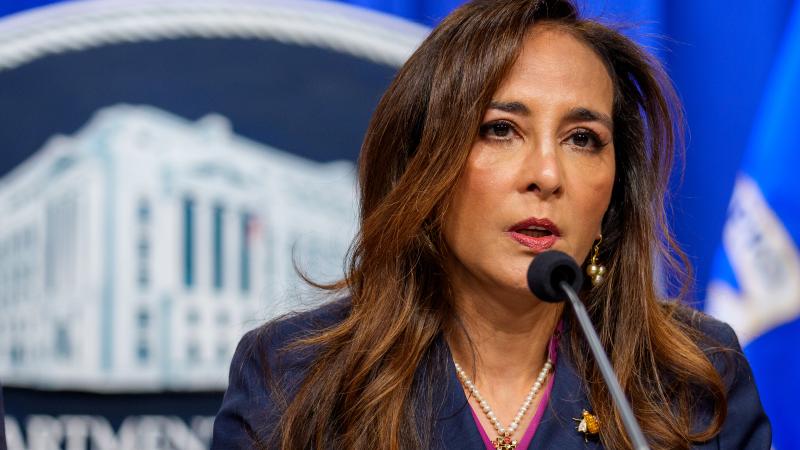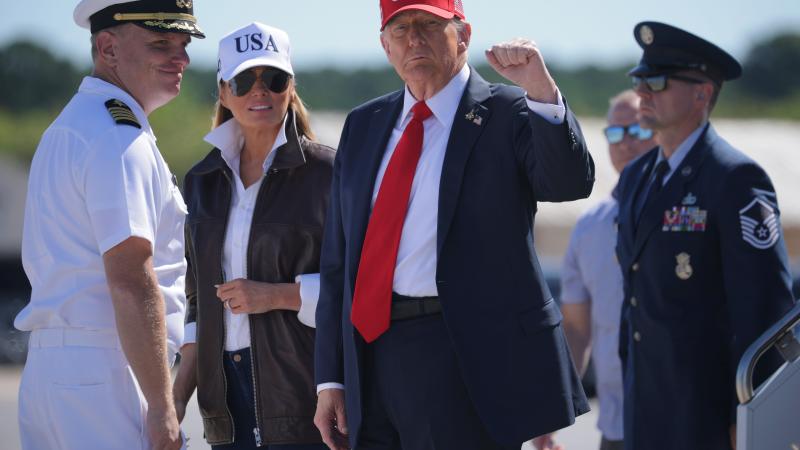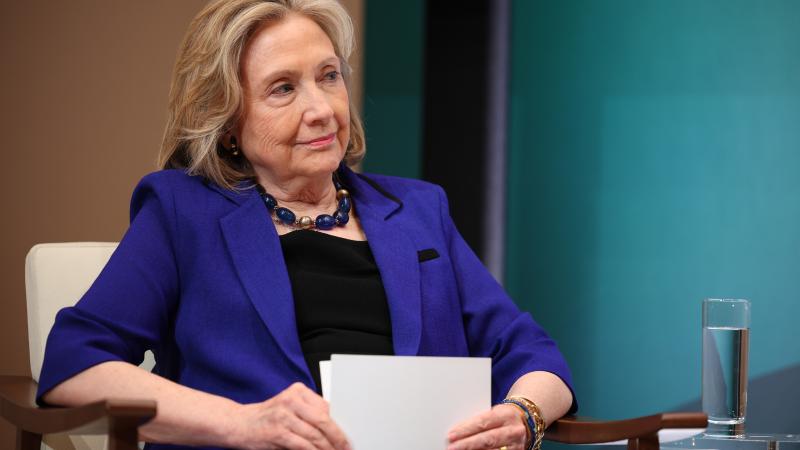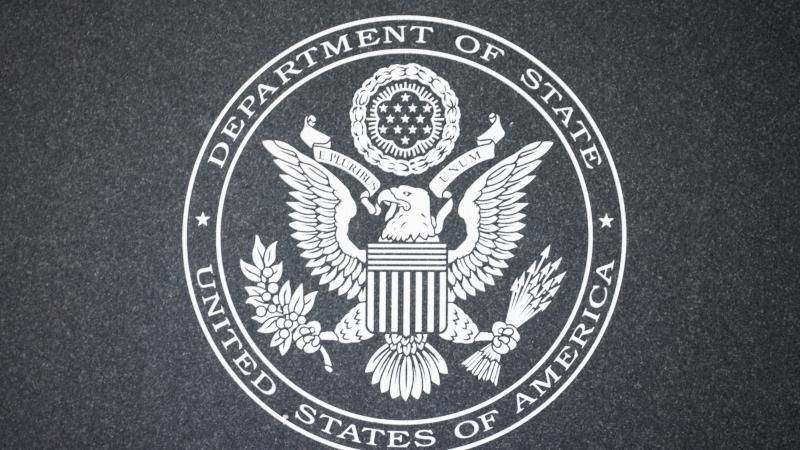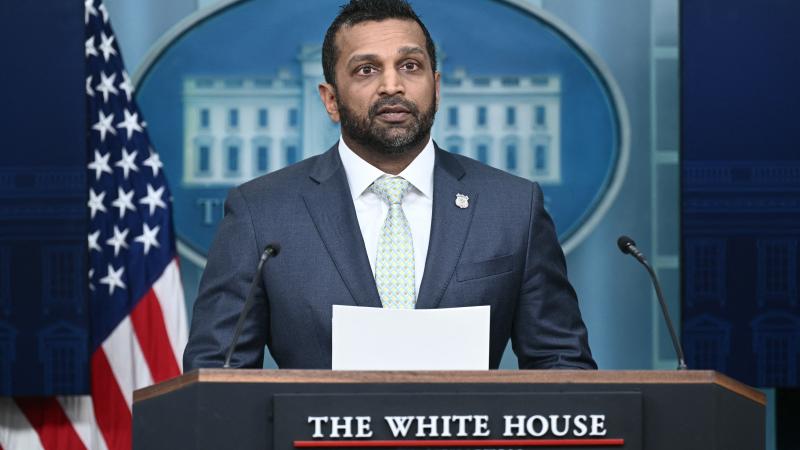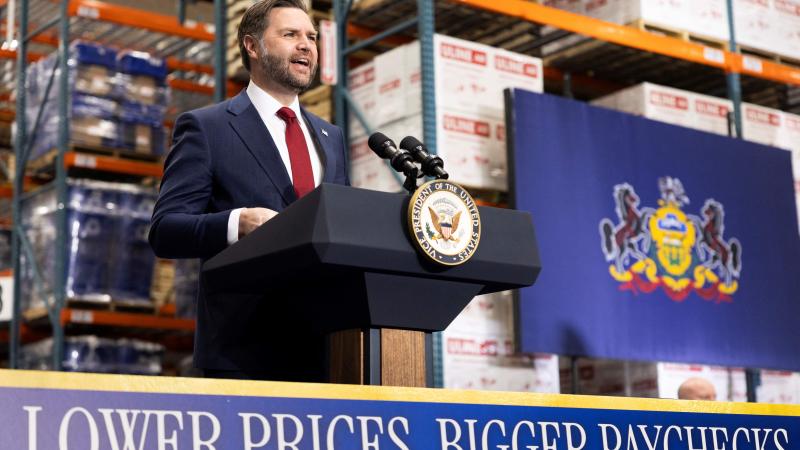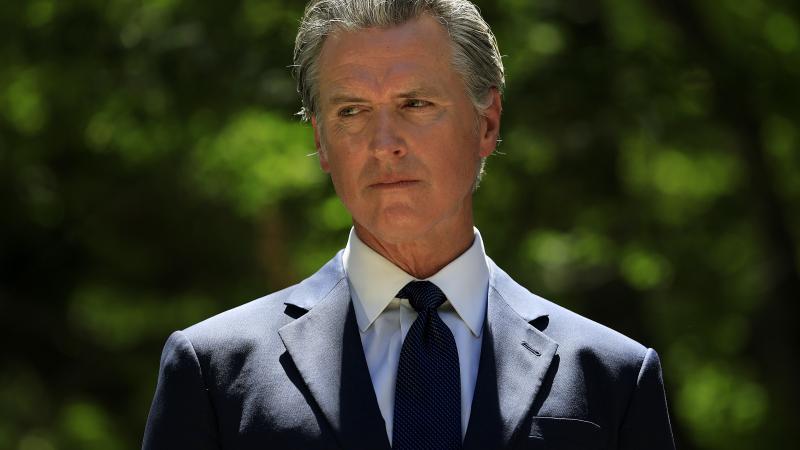Five years later, Trump returns to a fractured Congress to make his case
The speech will not technically be dubbed a “State of the Union” address, but will for all intents and purposes function as a platform for the president to point to his early successes and sway both Congress and the public toward his vision for the next four years.
President Donald Trump will address Congress on Tuesday evening in a joint session for the first time since 2020 in what could prove to be his best chance to unite lawmakers behind his legislative agenda.
The speech will not technically be dubbed a “State of the Union” address, but will for all intents and purposes function as a platform for the president to point to his early successes and sway both Congress and the public toward his vision for the next four years.
Touting early achievements
Trump is almost certain to point to a litany of foreign companies that have committed to investing in the U.S. economy during his short time in office. During a press conference Monday, for instance, he unveiled a $100 billion investment in America by a Taiwanese semiconductor manufacturer.
“We have some good people today,” Trump said. “Taiwan Semiconductor [TSMC] is announcing that they will be investing at least $100 billion in new capital in the United States over the next short period of time to build state of the art semiconductor manufacturing facilities. I think mostly it's going to be in Arizona.”
“Well, Honda's coming, and I told you about Apple, that they're going to be starting to build massively here, $500 billion,” he also said.
Prior to the speech, even left-leaning news outlets such as Politico ran headlines touting Trump’s successes in securing such investments. “Trump racks up manufacturing wins,” reads the Monday afternoon edition of Playbook.
Inflation a key feature
Trump is expected to make inflation and the administration’s efforts on the economy a key fixture of the speech. Inflation reached 3% in January, ticking up from December’s 2.9%. February data remains unpublished. Polling data has consistently shown that the public wants to see the administration take bold action on the issue, a key campaign promise. In a CBS News survey released last month, for instance, 66% of respondents expressed the belief that Trump was insufficiently focused.
The president himself has said only that the speech will be “big” and that he will “tell it like it is.” Potentially signaling Trump’s tack on the issue is Treasury Secretary Scott Bessent’s recent string of media appearances outlining the administration's “holistic” approach to inflation through tariffs, deregulation and energy production.
“We have the experience of President Trump's first term, where the tariffs, they did not affect prices,” he said Sunday on CBS News' “Face the Nation.” “And it's a holistic approach, that there will be tariffs, there will be cuts in regulation, there will be cheaper energy. So I would expect that very quickly we will be down to the Fed's 2% target.”
In an earlier appearance, he pointed to the tariffs that are set to take effect on Tuesday, highlighting that the nation’s approach to foreign trade would be dependent on the affected nations’ responses.
“There's a series of tariffs. There's March 4, and then there's the big tariff program that's going to be outlined on April 2 by commerce and USTR [United States Trade Representative] and that's the President's notion of reciprocal tariffs, and that's going to be very path dependent,” he said.
“We are going to show. What are other country’s tariffs on specific goods? What are non-tariff barriers? What are the currency manipulation? What is manipulation of financing or labor manipulation, and what are these horrendous fines that the European Union is putting on our tech companies, and we are going to evaluate that and give them an opportunity to remedy that.”
“So we could either see a ratcheting up in tariffs, or if our trading partners want to remedy what has been unfair trade, then we could see the tariffs come off,” he continued “So it's going to be path dependent.”
Tariffs have been a staple of the Trump economic plan, as a tool for rebalancing trade and as a means of generating revenue. Critics have labeled them as a driver of inflation, though Bessent has rejected that assertion, arguing they do nothing to increase the money supply. Trump may make a similar point during his speech.
Divides in Congress
As to spending, Trump’s address precedes an expected budget fight, as the House and Senate work to reconcile major differences between their respective government funding plans. Whereas Trump has backed the approach of passing his tax cuts and border provisions in “one big, beautiful bill,” the Senate approved a border funding bill without the tax cuts and prefers a two-step approach.
The address will potentially prove to be an opportunity for Trump to make his case to the upper chamber holdouts as he hopes to use Congress' budget reconciliation process to expedite the codification of many key priorities and to deal with the economy’s main issues.
Trump’s economic pitches are largely contingent on an extension of the 2017 Tax Cuts and Jobs Act, as well as some of his key pledges like ending taxes on tips.
Democratic opposition
The event will feature faces old and new and could see a repeat of the protests and publicity stunts that plagued his first-term addresses. House Speaker Nancy Pelosi, for instance, made a show of tearing up Trump’s 2020 speech after he had left the podium. Democratic female lawmakers in that same instance wore white and pins to protest for abortion access.
This year’s plans seem more subdued, with some Democrats bringing guests relevant to recent federal layoffs. Others plan to use the speech as a form of confession to point to when highlighting the effects of Trump’s policies.
“In 2017, a lot of us felt like Donald Trump was an anomaly. In 2025, he won the election. Everybody knows who he is. He said what he was going to do, and the country still voted for him, so I think we have to be very strategic as Democrats,” California Rep. Ami Bera told Politico.
Sen. Elissa Slotkin, D-Mich., a member of party’s moderate wing, is expected to deliver the Democratic response, a selection that potentially signals a less aggressive approach to fighting Trump’s initiatives in his second term.



